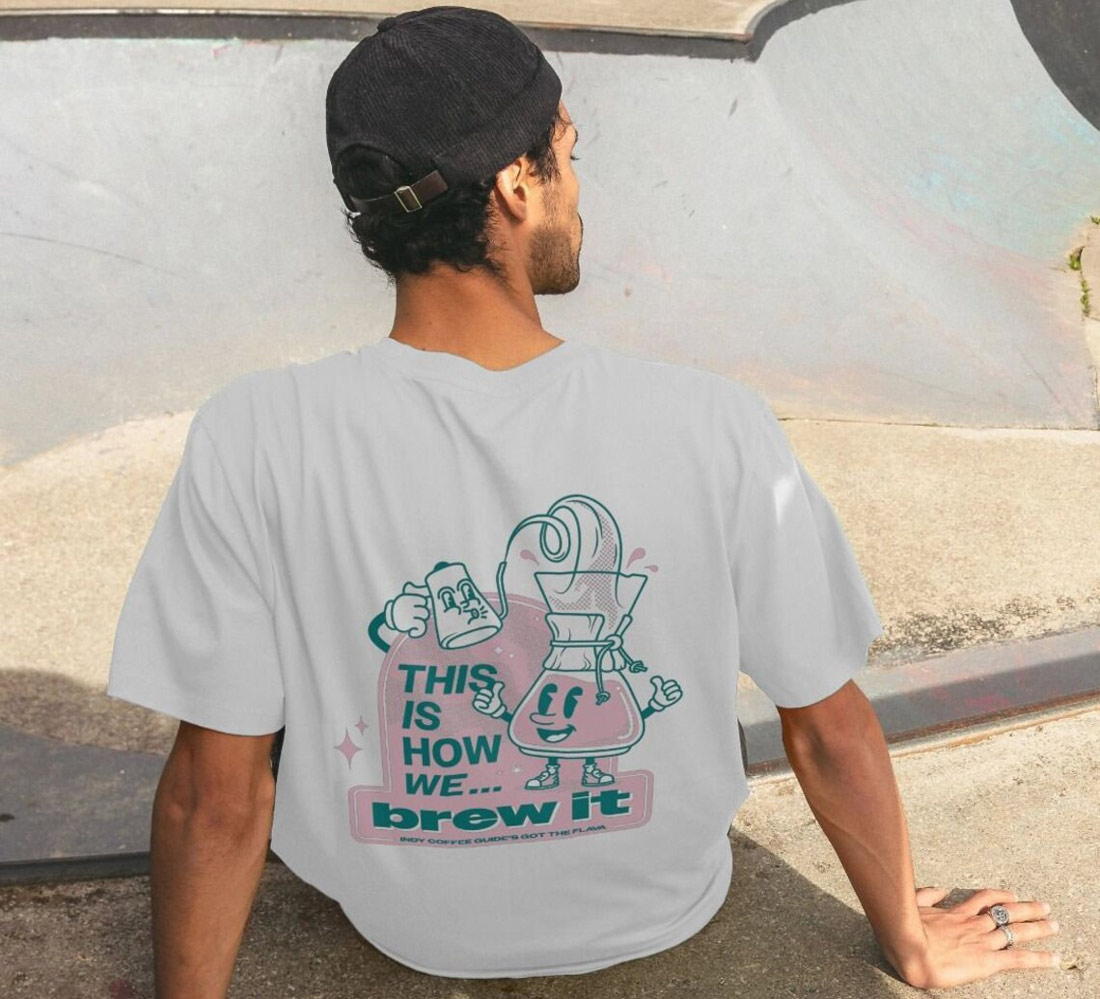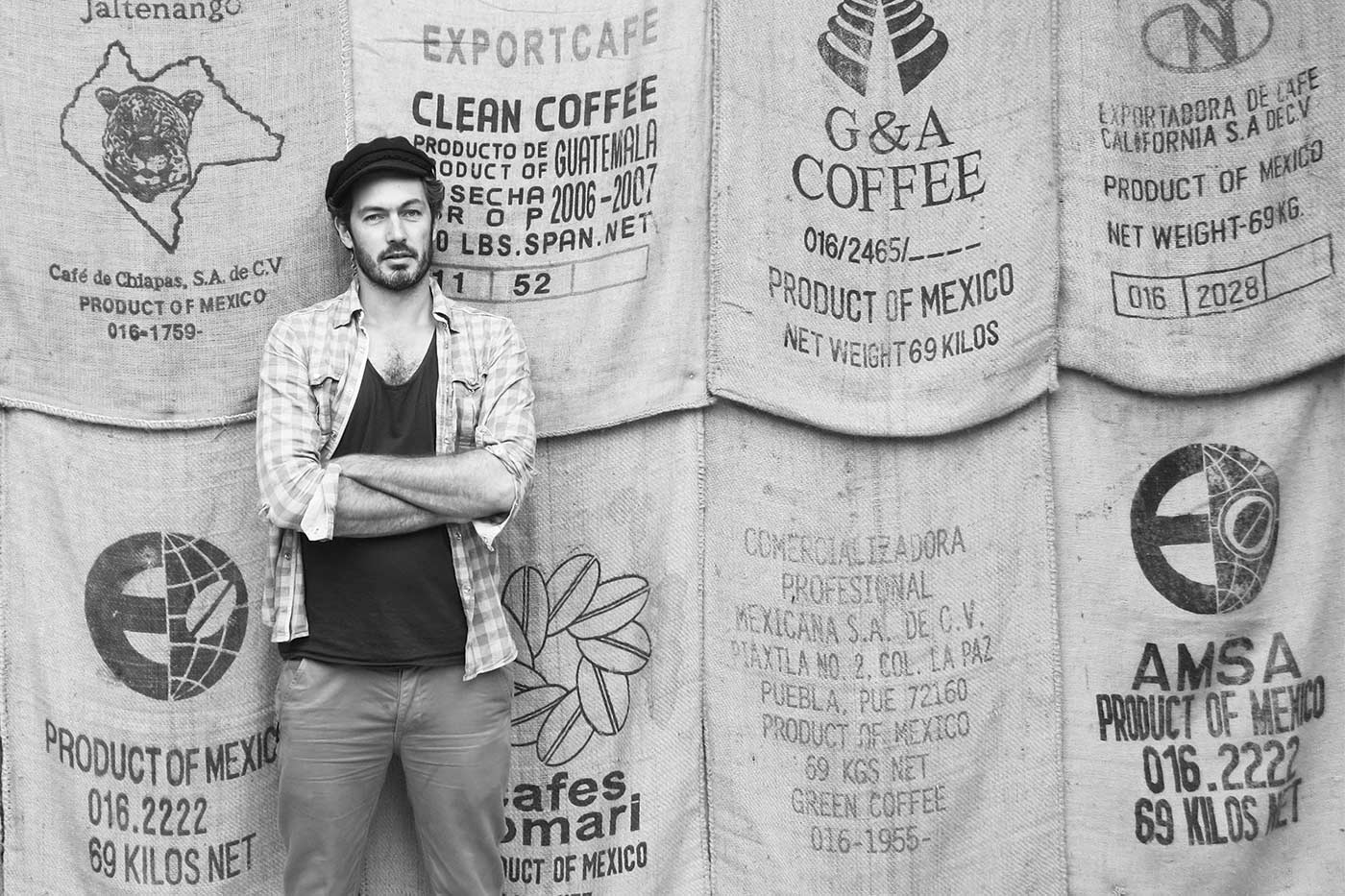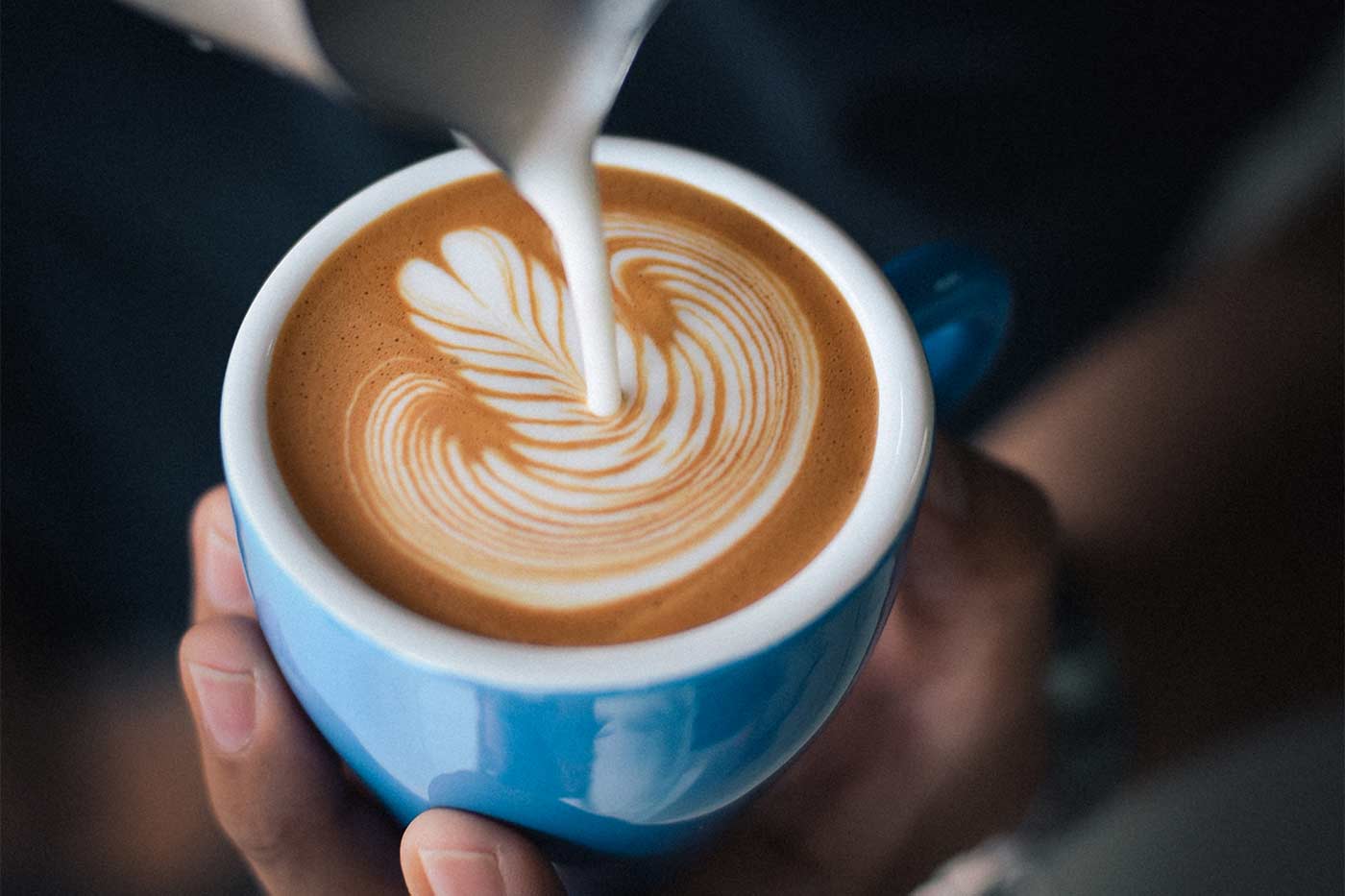The term “Q grader” is bandied about in the world of speciality coffee, but what does it mean? John Thompson of Coffee Nexus in Edinburgh should know – he is one – and explains why coffee lovers across the world have learned to mind their beans and Qs
Could you identify the 36 scents found in coffee? Would you be able to faultlessly grade beans for their quality? Are you able to detect sweet, salty and sour tastes in your favourite brew?
These are just the kinds of challenging olfactory and sensory skills that even the most experienced coffee connoisseur must demonstrate to become a Q grader.
The Q system was set up to enable coffee experts around the globe to speak the same lingo when it comes to deciding what is and what isn’t Q grade coffee. That is, coffee that’s good enough to score 80 or above on the Speciality Coffee Association (SCA) cupping form – more on that later.
‘The core concept of the Q system is that it creates a shared understanding of coffee quality within the supply chain, from producer to end user,’ says John, who at Nexus carries out consultancy, training and testing for the coffee industry. ‘Underpinning this is a set of standards, methodologies and language, because if cuppers can calibrate quality globally, it’s possible to have a dialogue and shared vision of how to improve coffee over time.’
Testing times
To ensure coffee is scored in a consistent way, Q graders use a standard cupping form from the Speciality Coffee Association (SCA) for arabica beans and the Ugandan Coffee Development Authority (UCDA) form for robusta. To fill it out accurately, however, the graders need razor sharp sensory skills, which is where intense training comes in.
‘After three days of training, you have to undertake a series of tests to ascertain your consistency and the ability to recognise quality,’ says John, who is not only a Q grader for arabica beans but also recently passed his robusta exams, making him the first R grader in Scotland – and one of only three in the UK (there are less than 10 in Europe).
… and relax
Honing a sense of smell is one of the vital skills for a Q grader, so the olfactory tests check the ability to recognise key odours. ‘Part of the trick to passing is to stay relaxed because, as with all sensory analysis, the more relaxed you are, the more focused you’ll be,’ says John.
‘There are four different aroma groups. Those you’re more likely to detect in speciality coffee are the enzymatic aromas (floral, fruit) and sugar browning aromas (nuttiness, caramel and cocoa).’
Sensory overload
The trickiest assessment, though, is rumoured to be the sensory skills test. ‘A lot of people get worried about the test to see if you can differentiate between sweet, salt, bitter and sour, but it’s such a useful skill for identifying the difference between coffees.
‘Understanding what sourness or sweetness is in solution, without the noise of flavour, helps when you start assessing coffee objectively.’ Tests also include assessments in triangulations (spotting the odd one out in a set of coffees), cupping and the physical grading of coffee which involves identifying its physical defects.
‘The triangulation tests are very useful – I use the same method when developing roast profiles with clients – because it encourages you to check if you can consistently spot a difference between two coffees. ‘The cupping test assesses if you can use the SCA cupping form consistently by rewarding quality and scoring poor coffees appropriately.’
The Q team
As the most exacting sensory coffee course on the planet, the few who pass all the tests get to join an elite group of super tasters – of which there are only around 3,500 worldwide.


